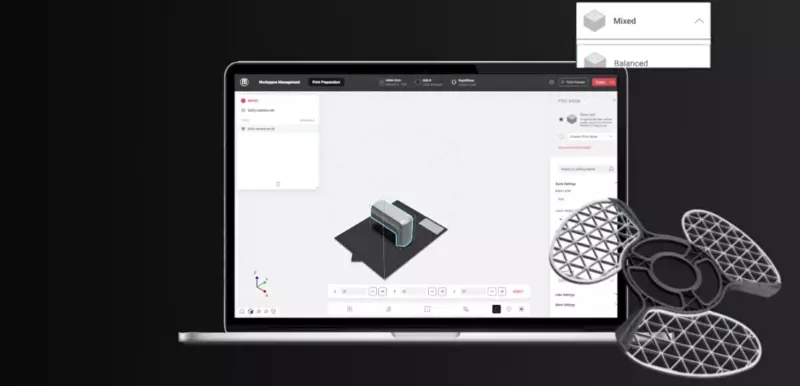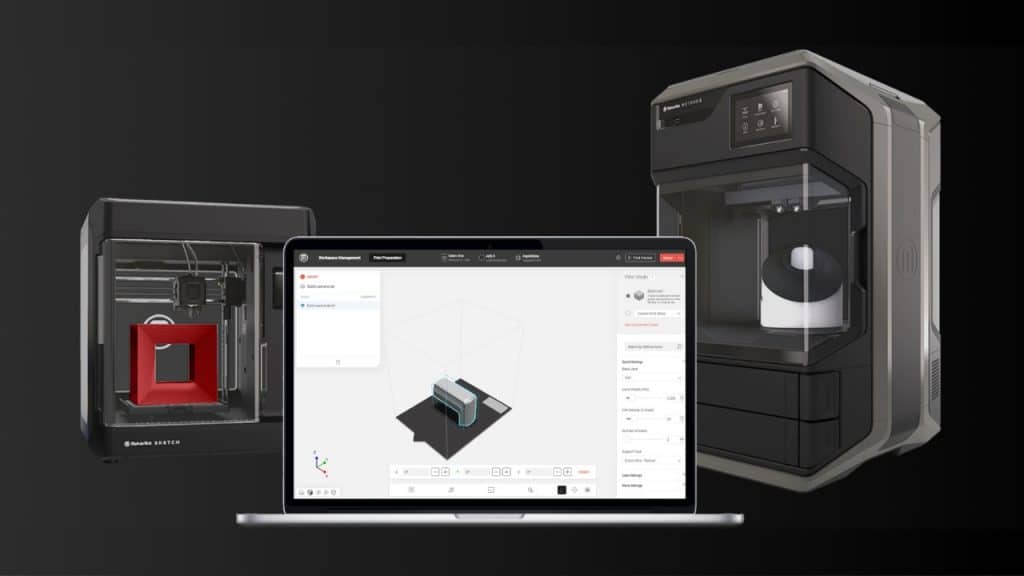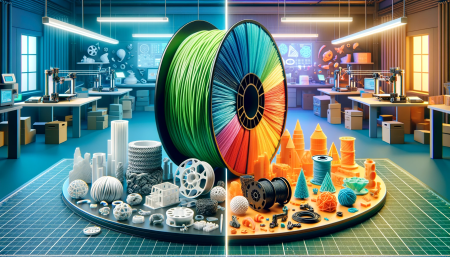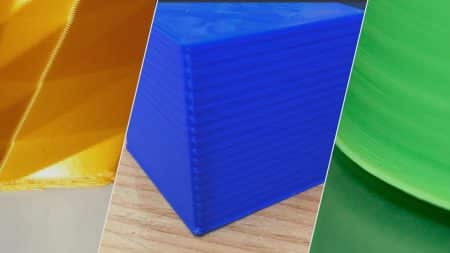MakerBot is a pioneer in FDM printing solutions and was acquired by Stratasys in 2013 after being founded in 2009. It also has a printer and a software platform called MakerBot CloudPrint, the most recent version of which was just released. Formerly known as MakerBot Print, CloudPrint offers users a variety of advantages, with a focus on cloud integration. The company’s own MakerBot 3D printers are thought to work better and more effectively with the free software than the Print version, which is suitable for desktop applications. The modified version was created primarily to facilitate working with and using 3D printing from any location. The business emphasizes that 3D printing jobs can be managed and controlled appropriately almost anywhere in the world. We focused on the specifics, mainly how the print and the CloudPrinter versions differed.

Everyone who works with additive manufacturing in a professional setting probably wishes for a better and more effective workflow. That dream may now be more easily realized thanks to a US-based company’s new cloud-based software for 3D printers and scanners. Therefore, you can use CloudPrint software if you own a MakerBot METHOD series 3D printer, a Replicator series 3D printer, or the MakerBot SKETCH Classroom package. This includes, among other things, enhancements for its user in terms of printing performance, speed, and support for various models.
How Does MakerBot CloudPrint Work?
The new software version offers several new options different from the previous print version. Even though both versions are free and have similar features like print preparation, the remote start of printing, and remote monitoring. This includes the potential for ahead-of-time print job preparation. You only need to click “Start Next Print” when the job is ready for the next print after it has been prepared and queued up in the printer. The software also enables ongoing updates, which always include fresh features to aid in troubleshooting, as well as live monitoring. On the other hand, live CloudPrint monitoring allows users to keep an eye on their printing from anywhere! You only need to log in to MakerBot CloudPrint using any browser to view and analyze all the statistics, including pictures taken by the built-in camera.
Additionally, this software version allows users to use native CAD files without first converting them to STL formats and save user-defined print modes. In general, CloudPrint is compatible with the following file types: .catpart, .dae, .glb, .iges, .igs, .ipt, .obj, .par, .sab, .sat, .sldprt, .wrl, .x t, .3mf, .stl, and .makerbot. The MakerBot software’s print preview, displayed up to 70% faster, is another intriguing feature. A 2D print preview of the toolpath is also available for advanced users. Additionally, this feature enables the direct comparison of two prints and displays to print statistics throughout the toolpath.
Tips and Tricks for MakerBot CloudPrint

To continue to improve the 3D printing workflow, MakerBot has compiled some advice for CloudPrint users. The business advises enabling CloudPrint’s automatic orientation on the build plate and utilizing the drag-and-drop function to optimize the workflow. Thanks to this, users can quickly reorder prints or even move them between printers. Even sending a link to a third party so they can have print jobs sent directly to their workspace dramatically enhances workflow and makes it more efficient. In addition, MakerBot’s tips and tricks for streamlined workflow go into duplicating print tasks that involve the same settings.
The CEO of MakerBot, Nadav Goshen, says, “The entire ecosystem of materials, add-ons, and software is essential to the success of 3D printing and goes beyond the hardware alone. The changes we’ve made to MakerBot CloudPrint are intended to offer a more efficient workflow so users can concentrate on other crucial tasks. CloudPrint removes all uncertainty from workspace management and print preparation. CloudPrint offers users better control and management of their prints from beginning to end with an intuitive and secure workflow.” For more information on CloudPrint, check the link below.
*Photo Credits: MakerBot






